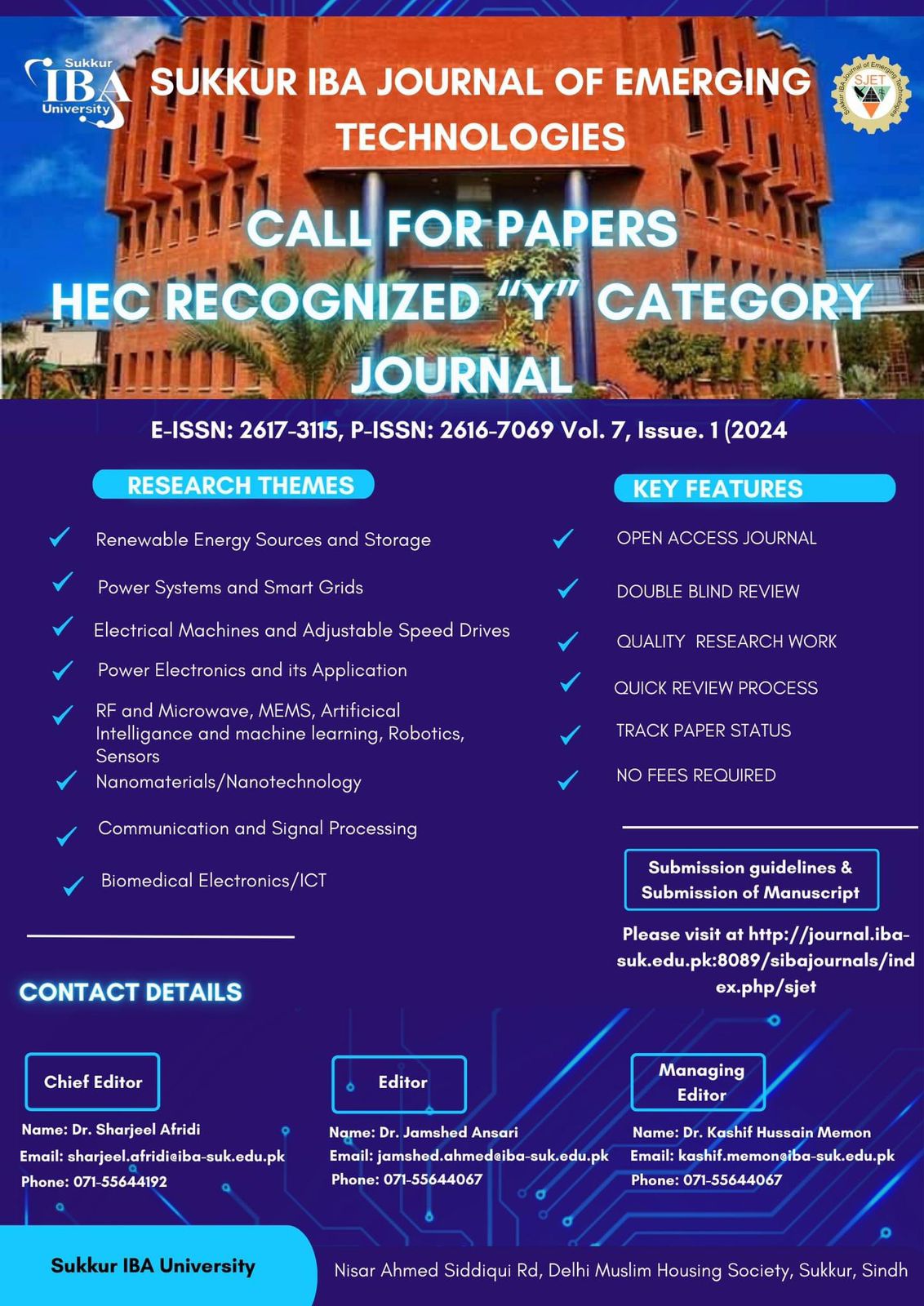Facile synthesis and characterization of mesoporous titanium oxide nanoparticles for ethanol sensing properties
DOI:
https://doi.org/10.30537/sjet.v3i1.541Keywords:
Gas sensor, mesoporous, nanotechnology, TiO2, ethanol sensingAbstract
Mesoporous TiO2 nanoparticles were successfully synthesized via solvothermal. The morphology and crystal structure was characterized by UV–vis spectrum (UV-Vis), Fourier Transform Infrared (FTIR) spectroscopy, X-ray diffraction (XRD), Scanning electron microscopy (SEM) and transmission electron microscopy (TEM). All the observations confirmed that the as-fabricated mesoporous TiO2 nanoparticles were successfully synthesized with surface Plasmon resonance peak between a range of 250-350 nm, and its pattern meets with the JCPDS Standard (card No. 21-1272). TEM confirmed the mesoporous structure morphology and shows the incredible gas sensing performance due to their large accessible surface area. Furthermore, the as-prepared TiO2 nanoparticles exhibited more rapid response/recovery and higher sensitivity towards ethanol at 180°C, distinguished with isopropyl alcohol and methanol. Besides, it can be affirmed that the synthesized mesoporous TiO2 nanoparticles are a promising applicant for fabricating high-performance ethanol gas sensor in real-time monitoring.
Downloads
Downloads
Published
Issue
Section
License
The SJET holds the rights of all the published papers. Authors are required to transfer copyrights to journal to make sure that the paper is solely published in SJET, however, authors and readers can freely read, download, copy, distribute, print, search, or link to the full texts of its articles and to use them for any other lawful purpose.

The SJET is licensed under Creative Commons Attribution-NonCommercial 4.0 International License.












